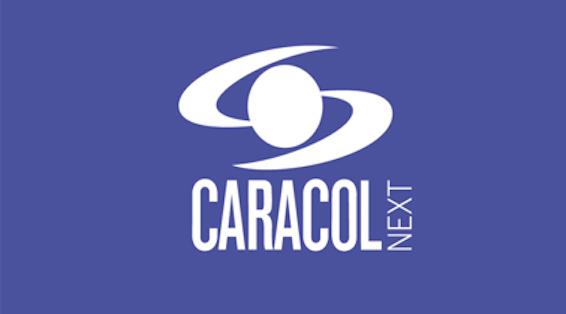In April, Colombia’s Caracol Televisión launched Caracol Next, an umbrella platform for the seven parts of its digital content business. The company hopes the way this new platform is structured becomes the benchmark for digital media strategy in not just Colombia but all of Latin America.
To this end, the unit has created a media and content plan for the seven brands that compose Caracol Next, focusing on improving mobile consumption in each of these targets: El Espectador, the digital version of Colombia’s oldest national daily newspaper, which boasts the group’s largest digital audience; GOL Caracol, which hosts the largest community of football fans in the country; news site Noticias Caracol; entertainment site Caracol TV; Shock, a millennial-targeted brand; Cromos, a site targeting women and the group’s radio station
According to Marcelo Liberini, digital vice president at Caracol Televisión, the goal for Caracol Next is two-fold: creating a clear umbrella brand for Caracol Television’s digital initiatives and then communicating that brand, including “our [digital] leadership, new content strategy and the positioning we [expect to] achieve in the next three years” to the marketplace, including advertisers and potential collaborators.
To some extent, this rebranding is more of a business-to-business effort than a consumer one, with the goal of building a consistent image across all of Caracol’s content brands, says Mónica Zuluaga, digital marketing director at Caracol Televisión.

Tying the relaunch together is Caracol Next’s new tagline: “El mundo digital es nuestro mundo” (“The digital world is our world”). This positioning, accompanied by the word “next,” is intended to steer the brand toward the future.
“It’s about going one step further, because the digital [world] moves at an extremely fast pace,” says Zuluaga. “It is not just what is happening today, but what is coming next, the innovation, the movement.”
To symbolize that, the above video concludes with a dynamic version of Caracol Next’s logo, a spinning, open cube featuring squares in different colors that represent the digital platform’s content verticals.
“We adjusted the graphic communication line of Caracol Televisión, but we wanted to make it more lively and play with the colors. There’s versatility and flexibility in our content and in our brand development, and we wanted to also show through the colors,” says Zuluaga.
However, beyond this corporate piece, Caracol Next’s logo is static, as illustrated in the image above.
One of the big reasons Caracol rebranded its digital platform was to shift its emphasis to video.
“More than 50 percent of audiences in the digital world consume [video] content [online] and several studies have shown that by 2018, 90 percent of internet traffic will be video-based,” says Liberini. That’s why “we have to be there” since “no one in the Colombian market was strongly positioned in this regard.”
Some of these videos are extensions of programming aired on Caracol’s television networks, and are created with each of Caracol Next’s audiences in mind, with a different strategy for each segment. All in all, “the aim is building loyalty,” says Liberini.
For example, Caracol launched “Mamá perfecta” (“Perfect mom”) in time for Mother’s Day in Colombia. The video went viral, and in its first two days, it scored 17 million views and was shared more than 200,000 times. Today, it has more than 1.5 million views.
Other examples include Noticias Caracol’s news videos, which are often shared half a million times across social networks. The digital newscast — which is produced exclusively for the digital platform — is hosted by the anchor for Caracol’s on-air evening news.
Preview clips and sneak peeks for young consumers’ brand Shock, such as the one below, have garnered more than 500,000 views.
And the group’s newspaper, El Espectador, has grabbed nearly 10 million views with its news videos.
With the repositioning less than two months old, Caracol Next already is generating new business opportunities in the world of digital entertainment, says Liberini. Caracol is currently in progress on a content development deal with an Argentinian media company that would result in both companies sharing lifestyle content. The agreement is not confirmed yet, however.
Liberini says should the deal close, it would be a “perfect match,” because “each [company] is strong in its territory and the content is universal.” If this first project goes well “in the future we may even develop co-productions,” he says.
To read this story in Spanish, click here.
Tags:













































__twocolumncontent.jpg)











